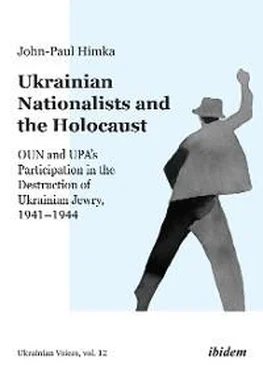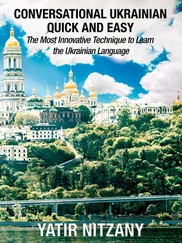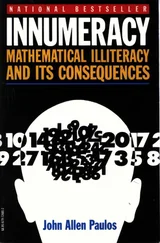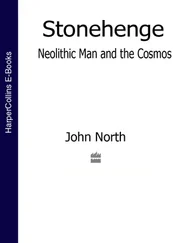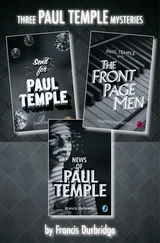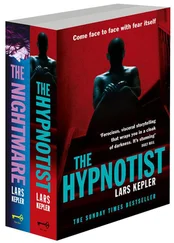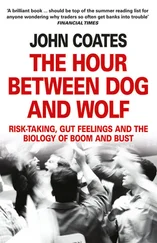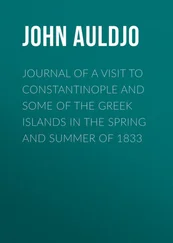One persistent problem of victim narrative is how pervaded it is by trauma. Jewish testimony on the Holocaust expresses a traumatic subjectivity, reflecting deeply disturbing personal experience. The “subjectivity or emotionality” of eyewitness testimony has been one of the factors leading to the preference for putatively objective archival documents. 57The main concern about horror and anger influencing survivor accounts seems to be the possibility that they might embellish or exaggerate. In my view, these same possibilities affect all sources, and I cannot agree with the proposition that what a murderer had to say is automatically more reliable than what a victim said. In this study I will frequently cite victim testimony and will leave it to the reader to judge whether it makes sense or not.
Another problem with victim accounts is that they express perspectives from a limited field of vision. Raul Hilberg and his successors in Holocaust studies preferred to work with German sources, among other reasons because the Germans had an overall, bird’s-eye view of the operations that constituted their plan to kill all Jews. Such a viewpoint lent authority to the German documentation. Survivor testimony, by contrast, was fragmented into individual personal experiences in numerous localities. Moreover, victims occupied a particular perspectival niche in the Holocaust. As Shmuel Spector put it: “...testimonies, their proximity to the events notwithstanding, are grounded in subjective perceptions; regardless of how much the witnesses strain to adhere to the truth, their field of vision remains, by necessity, narrow and restricted. Confined in the ghettoes and isolated from the society at large, Jews were in no position to obtain information about the outside world in general and the backrooms of the decision makers in particular.” 58In an earlier publication I analyzed a testimony taken shortly after the war by comparing what it said about events in the Lviv pogrom to photographic evidence of these same events. I did not find any contradiction between the testimony and the pictures and films. The testimony, I concluded, accurately described what the woman who wrote it experienced. I did note, however, that she was unable to learn much about the pogromists who attacked her. 59Similarly, Alexander Prusin, writing of witnesses in Soviet war crimes trials, recorded that “only a few were able to identify the defendants or the units that carried out the murders.” 60
One result of this lack of knowledge about specific perpetrators was a tendency in testimony and memoirs to generalize. In the cases Prusin examined, a number of witnesses “identified the perpetrators merely as ‘Germans,’ or ‘the Gestapo.’“ 61Many of the testimonies describing events in Ukrainian-inhabited territories refer to the perpetrators simply as “Ukrainians.” Part of the task of this study is to sort out the actions of a particular group of perpetrators, OUN and its armed forces, from that of the general population of Ukrainians. Frank Golczewski, who wrote an important study of collaboration in the Holocaust on the territory of Ukraine, has emphasized the need for scholars to avoid generalization: “Who were these Ukrainians? If we here, as if it were something so apparently obvious, write about the behavior of an entire ethnic group, then it is from the outset problematic.” 62But for some survivors, such distinctions have been difficult to make, and there is concern on the part of some Holocaust scholars that testimony “may be affected by antipathy toward members of other groups.” 63As a result of traumatic experience, some survivors even have a physical aversion to the German, Lithuanian, or Ukrainian language. The cognitive psychologist Robert Kraft explained this phenomenon as follows:
These responses are not the result of thoughtful resentment. They arise from implicit connections in core memory between the survivors’ specific memories of trauma and the language of their tormentors. Prolonged trauma splits the self-concept, creating two separate selves, each supported by different memories that remain irreconcilable. When events in the world bring together these two sets of memories—Holocaust and post-Holocaust—this connection threatens the survivor’s current self-concept, creating a powerful emotional response. 64
There is also the issue of accuracy. In another publication I compared three testimonies about the same incident, the mass execution of Jews in Tovste (P Tłuste), north of Zalishchyky in Ternopil oblast. These were two testimonies from Jewish survivors a few years after the war and an interview I had taken myself in 2008 with a Ukrainian eyewitness. Numerous details were remembered differently—the number of Jews that were shot at one time, whether they stood on a plank or walked directly into the pit, the total number of victims, and so on. But all agreed on the main points: at least a thousand Jews were marched in groups through the town to the cemetery and shot there by the Germans. 65I think that this is what we may expect of testimonies and memoirs—that they record the main points but cannot be relied upon for exact detail. Working with testimonies and memoirs, and not just Jewish ones or those related to the Holocaust, I have found that not infrequently specific dates and even years are incorrect.
For this study, I have relied most of all on three sets of Jewish survivor testimonies, each with its own virtues: the Archive of the Jewish Historical Institute (AŻIH), videotaped testimonies collected by the USC Shoah Foundation, and published memoirs.
The Archive of the Jewish Historical Institute (AŻIH) has two fonds of relevance. Fond ( Zespół ) 301 has about seventy-two hundred testimonies in Polish, Yiddish, and other languages from Jews who survived the Holocaust on Polish or formerly Polish territory. Most of the testimonies I will be citing from this collection were taken within a few years of the end of the war, and this temporal proximity to the events described is one of the major strengths of this set of sources. The testimonies are short, averaging about ten pages. 66A noteworthy feature of them is that most were recorded by staff from the Central Jewish Historical Commission, 67who summarized what the survivors said and put their accounts into narrative form, sometimes endowing them with a genuine literary appeal. The Jewish Historical Institute in Warsaw has published a guide to these testimonies, with a most helpful geographical index. 68There is also another fond, 302, which comprises just over three hundred and thirty longer, essentially book-length memoirs.
The testimonies collected by the USC Shoah Foundation Institute for Visual History and Education (abbreviated as Shoah Foundation in footnotes) are quite different. If there is a certain distance between the survivor and his or her testimony in the AŻIH collection, this disappears in the Shoah Foundations testimonies, which take the form of videos of the survivors themselves telling their stories in their own words. These personally narrated accounts often make a powerful impact on viewers. This is a vast collection of over fifty thousand survivor testimonies that are generously indexed: one can search by name and place, of course, but also by keywords (e.g., Ukrainians, UPA). The testimonies are in many languages and come from all over the globe. Each Shoah Foundation interview has been divided into numbered segments, which I refer to in the notes. Almost all these interviews were conducted between 1994 and 1999, which has its disadvantages but also a certain advantage.
The advantage is that the 1990s was when the former Soviet Union was just opening up, and many survivors were telling their stories for the first time. Recording their experiences would simply not have been possible earlier. The disadvantage, of course, is the distance in time from the Holocaust, a half century or more. As we know, these old memories could have been influenced by subsequent experience, books written by other survivors, and by films about the Holocaust. Certainly these kinds of problems plagued German memory in the same period. 69Moreover, videotaping Holocaust testimony was intimately connected with television and film. Thus another major collection that began collecting earlier than the Shoah Foundation, namely the Fortunoff Video Archive for Holocaust Testimonies, was inspired by the television miniseries The Holocaust , which was aired in 1978, a year before the inception of what became the Fortunoff Archive. And the sponsor of the Shoah Foundation was Steven Spielberg, the director of the blockbuster film Schindler’s List . Annette Wieviorka found this “troubling”: “Two fictional films dealing with the genocide, viewed by dozens, even hundreds, of millions throughout the world, were also at the origin of the two most important testimony archives.” 70
Читать дальше
